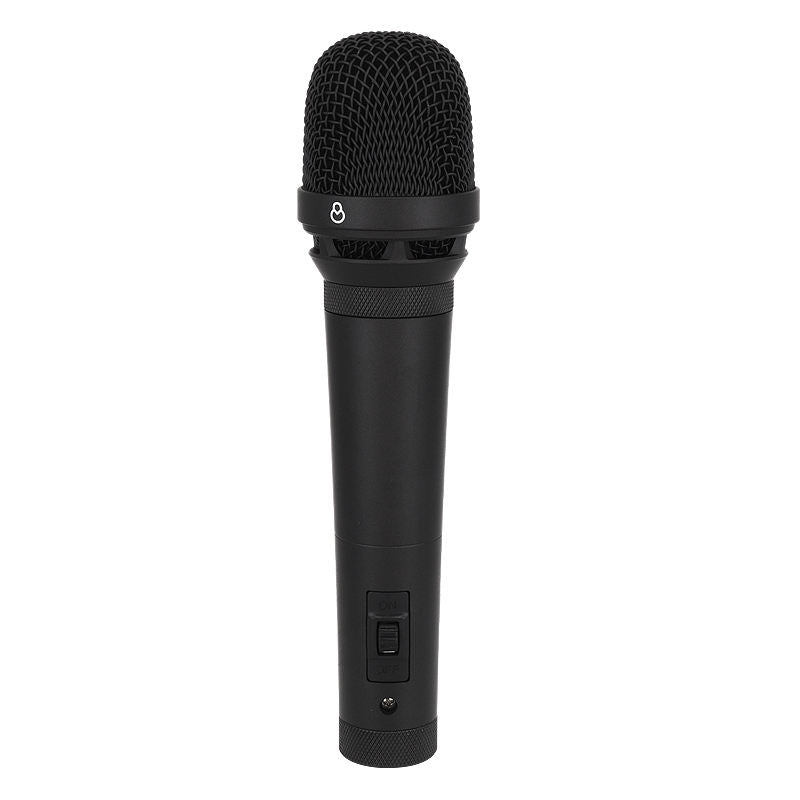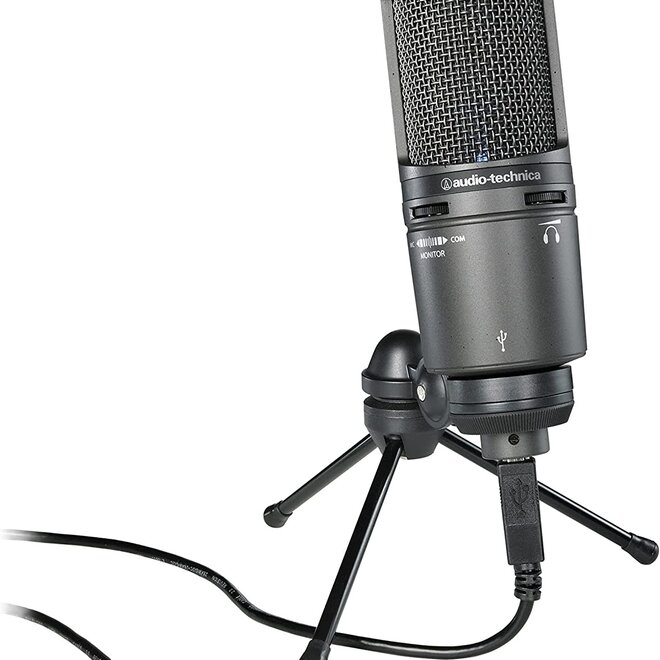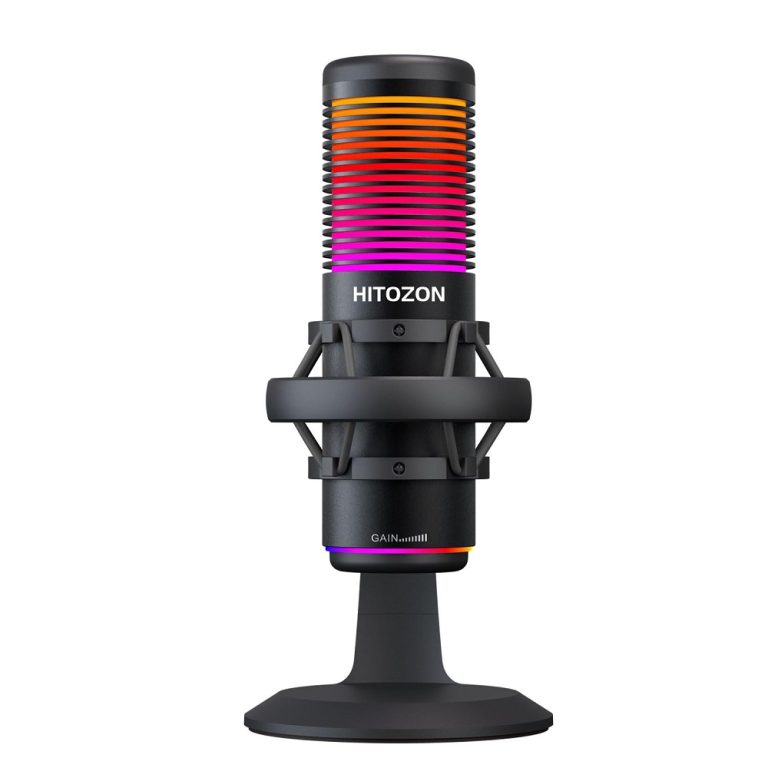Choosing the right microphone is essential for capturing clear and accurate sound in various applications, whether in music recording, broadcasting, gaming, or various forms of content creation. Wired microphone remain a popular choice due to their reliability, sound quality, and ease of use. This article provides a comprehensive overview of wired microphones, exploring different types, key features, and tips on how to select the right one for your specific needs.
Understanding Wired Microphones
What is a Wired Microphone?
A wired microphone connects directly to a recording device, such as an audio interface, mixer, or computer, using a cable. This setup typically offers greater reliability compared to wireless microphones, as it is less susceptible to interference and dropout issues. Common connection types include XLR and 1/4-inch (6.35mm) TRS connectors.
Wired microphones range in price, quality, and functionality, making them suitable for various applications. Whether you need a microphone for studio recording, live performances, or home use, there’s likely a wired microphone that fits your budget and requirements.
Why Choose a Wired Microphone?
Choosing a wired microphone offers several advantages. First and foremost, wired microphones often deliver superior audio quality, with minimal latency and higher fidelity. This advantage makes them suitable for professional applications where sound clarity is paramount. Additionally, wired microphones typically do not require batteries or charging, allowing for continuous use without interruptions during performances or recordings.
For musicians and content creators, wired microphones are generally more straightforward to set up. They require fewer additional components than their wireless counterparts. Thus, they can save time and reduce the potential for technical difficulties during critical moments.
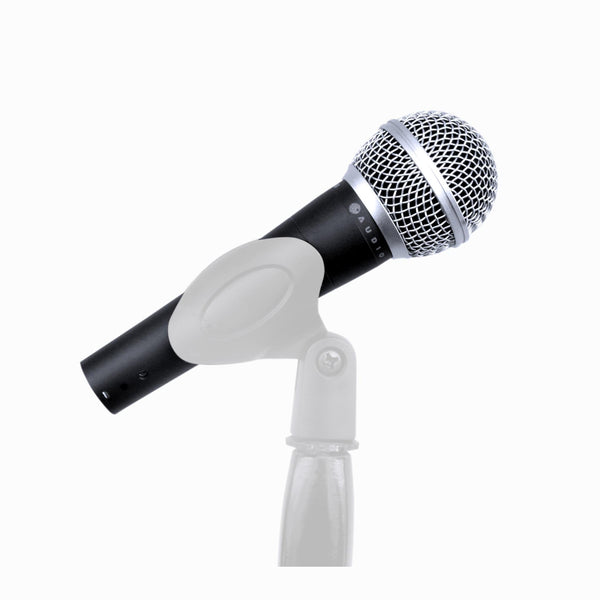
Types of Wired Microphones
Dynamic Microphones
Dynamic microphones are a staple in many settings, known for their durability and ability to capture loud sound sources without distortion. They use a diaphragm attached to a coil of wire that moves within a magnetic field, converting sound waves into electrical signals. This design makes dynamic microphones well-suited for live performances, as they can handle high sound pressure levels.
Dynamic microphones excel in vocal applications and live sound reinforcement. They effectively reject background noise, making them ideal for environments with high ambient noise levels, such as concerts and events. Popular dynamic microphones include the Shure SM58 and the Sennheiser e835.
Condenser Microphones
Condenser microphones, on the other hand, are more sensitive and capable of capturing a broader frequency range, which makes them an excellent choice for studio recording. They employ a capacitive diaphragm that requires phantom power, usually supplied by an audio interface or mixer.
These microphones excel at capturing subtle nuances in vocals and acoustic instruments, offering a clear and detailed sound. Because of their sensitivity, condenser microphones are commonly used in studio settings for music production, voiceovers, and podcasting. Popular models include the Audio-Technica AT2020 and the Rode NT1.
Ribbon Microphones
Ribbon microphones, characterized by their unique design, offer a vintage sound quality that some recordings demand. These microphones utilize a thin metallic ribbon placed in a magnetic field to produce audio signals. They are known for their warm and natural sound, particularly in recording vocals and instruments.
Although ribbon microphones are generally more fragile than dynamic or condenser models, they deliver exceptional audio quality. For this reason, they are favored by audiophiles and professionals aiming for a specific tonal character. The Royer R-121 and AEA R84 are popular ribbon microphone choices.
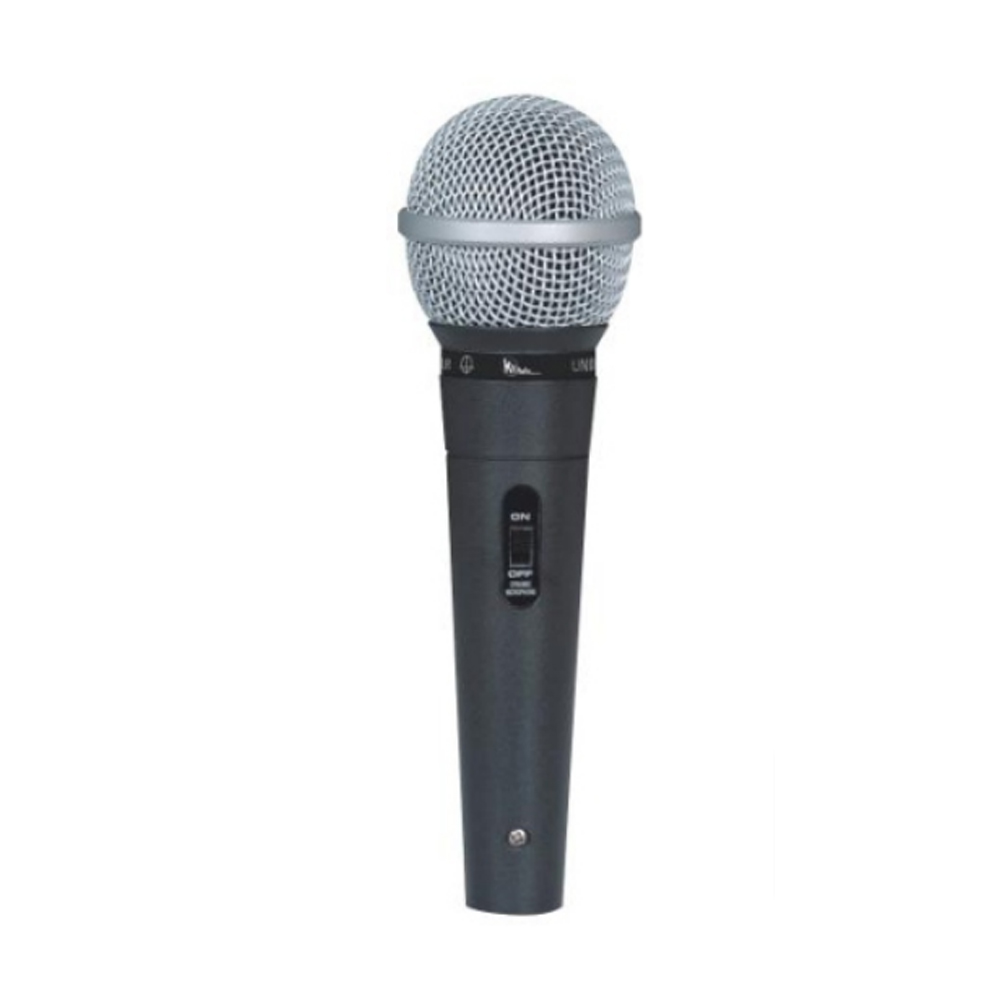
Key Features to Consider
Frequency Response
Frequency response is the range of frequencies a microphone can capture, expressed in Hertz (Hz). Understanding the frequency response of a microphone allows you to choose one that suits your intended application. For vocal recordings, a frequency response of around 80 Hz to 15 kHz is typical, capturing the essential range of human voices.
If you are recording instruments like drums or guitars, look for microphones that can handle extended ranges. For instance, bass instruments may require microphones that can efficiently capture lower frequencies. Understanding your specific needs regarding frequency response will help you narrow down your options.
Directionality Patterns
Microphones can be designed with different directionality patterns, or polar patterns, which dictate how they pick up sound. The most common polar patterns include:
- Cardioid: Sensitive to sound coming from the front while rejecting noise from the sides and rear. This pattern works well for live performances and situations where you need to minimize background noise.
- Omnidirectional: Captures sound equally from all directions, suitable for recording group discussions or ambient sounds.
- Bidirectional (Figure-8): Sensitive to sound from the front and rear but rejects noise from the sides. This pattern is useful for interviews or duets.
Choosing a microphone with the appropriate polar pattern for your use case ensures that you capture the desired sound while reducing unwanted noise.
Build Quality and Durability
The build quality of a wired microphone can significantly influence its longevity and reliability. If you plan to use your microphone for live performances or in various environments, opt for microphones built to withstand the rigors of travel and use. Look for models made from robust materials, such as metal casings, which are less susceptible to damage.
For studio use, where the microphone is primarily stationary, the build quality may be somewhat less critical, but it still matters to ensure you don’t have to deal with unnecessary issues. Overall, prioritize microphones that offer good construction quality, as this can save you from headaches down the road.
Choosing the Right Connectivity
XLR vs. TRS Connectors
Understanding the connection types available is essential when selecting a wired microphone. The most common connectors for professional microphones are XLR and 1/4-inch TRS (Tip-Ring-Sleeve) plugs.
- XLR Connectors: XLR connectors are the industry standard for professional audio equipment. They securely connect microphones to audio interfaces or mixers via a balanced audio signal. This balance helps reduce noise and interference, providing a cleaner sound quality.
- TRS Connectors: TRS connectors are commonly found in consumer devices and some semi-professional gear. They deliver unbalanced audio, which may be more susceptible to noise and signal degradation over long distances.
When choosing a microphone, ensure that your audio interface or mixer supports the selected connector type. If necessary, consider investing in adapters or cables to facilitate the connection.
Phantom Power Requirements
If you choose a condenser microphone, be aware that many require phantom power to operate. This power usually comes from an audio interface or mixer, which has a phantom power switch. Verify that your equipment provides sufficient phantom power to the microphone for optimal performance. Additionally, check the specifications for the voltage requirement, typically either 48V or 24V, to ensure compatibility.
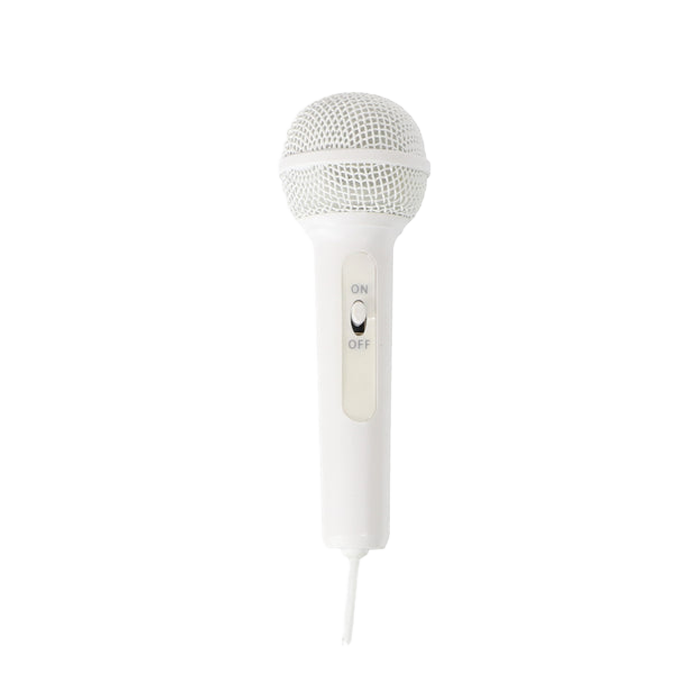
Specific Use Cases
Vocals and Podcasts
If you’re a vocalist or podcaster, focus on microphones that excel in frequency response and capture clarity. A dynamic microphone like the Shure SM58 is excellent for live vocals due to its durability and feedback rejection. For studio recording and voiceovers, a condenser microphone like the Audio-Technica AT2020 provides the sensitivity and clarity needed to capture the nuances of spoken or sung voices.
Instrument Recording
Musicians recording instruments should consider the unique needs of each instrument. For electric guitars, a dynamic microphone like the Shure SM57 effectively captures the sound from amplifiers. For acoustic guitars, a condenser microphone, such as the Rode NT1, can capture the detail and warmth necessary for compelling recordings. Consider experimenting with different microphones to discover which best suits your preferred sound.
Live Performances
For musicians performing live, a robust and reliable microphone is key. Choose dynamic microphones with cardioid patterns to reduce feedback and capture vocals clearly in loud settings. Models like the Sennheiser e835 and AKG D7 are great options that provide excellent audio quality while handling the rigors of live performances.
Budget Considerations
Setting a Budget
Establishing a budget before purchasing your wired microphone helps narrow your options and prevents overspending. Wired microphones are available in a wide price range, from budget-friendly models to high-end professional equipment. Consider what features are most important to you and determine how much you’re willing to invest.
Evaluating Value
When developing your budget, consider the value rather than just the price. A more expensive microphone might deliver superior sound quality, durability, and features that could benefit your recordings in the long run. Read reviews and seek recommendations to ensure you’re choosing a microphone that offers the best balance of performance and price.
Testing and Reviewing Your Selection
Testing the Microphone
Once you select a wired microphone, it’s important to test it before committing to its use. Set up the microphone in your intended environment and conduct sound checks to evaluate its performance. Pay attention to how it handles various frequencies and how well it captures sound at different distances.
Seeking Feedback
If possible, seek feedback from other musicians, sound engineers, or audio professionals. Their experience can provide valuable insights into how your microphone performs in real-world applications. Additionally, consider recording sample audio and listening back to evaluate its characteristics.
Making Adjustments
After testing, don’t hesitate to make adjustments. Whether it means tweaking your recording setup, changing microphone placement, or adjusting the settings of your audio interface, improvements can lead to better sound quality. Remember, finding the right microphone is a process and may involve some trial and error to achieve the desired results.
Conclusion
Wired microphones remain a foundational tool in the world of audio recording and live sound. With various options available, understanding your needs will help you select the right microphone for your specific applications. Whether you need a dynamic microphone for live performances, a condenser for studio recording, or a reliable workhorse for podcasting, there’s a wired microphone that fits your requirements.
Recognizing the essential features—such as frequency response, directionality, and connectivity—ensures a more informed decision, maximizing the value of your investment. By setting a budget, testing your selection, and soliciting feedback, you can make the most of your wired microphone experience, capturing high-quality audio that meets your creative goals. Explore the world of wired microphones and discover the power of sound that awaits!
